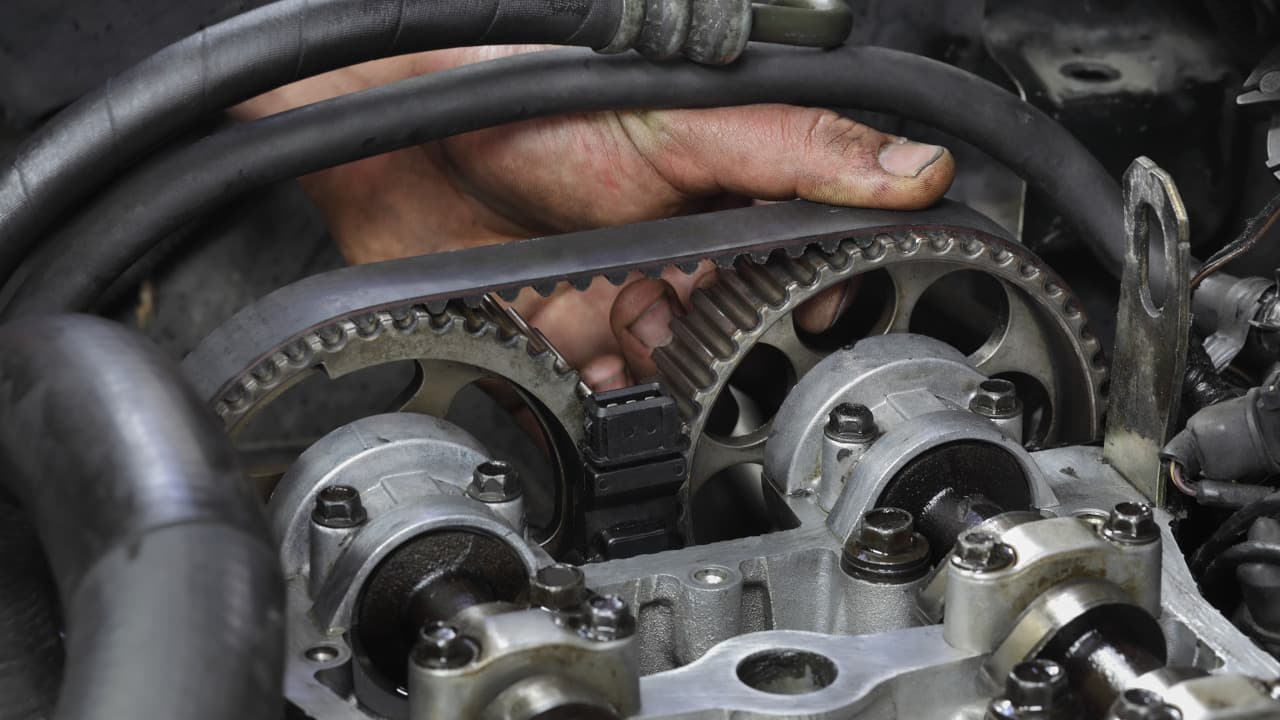- Arabic
- French
- Russian
- Spanish
- Portuguese
- Turkish
- Armenian
- English
- Albanian
- Amharic
- Azerbaijani
- Basque
- Belarusian
- Bengali
- Bosnian
- Bulgarian
- Catalan
- Cebuano
- Corsican
- Croatian
- Czech
- Danish
- Dutch
- Afrikaans
- Esperanto
- Estonian
- Finnish
- Frisian
- Galician
- Georgian
- German
- Greek
- Gujarati
- Haitian Creole
- hausa
- hawaiian
- Hebrew
- Hindi
- Miao
- Hungarian
- Icelandic
- igbo
- Indonesian
- irish
- Italian
- Japanese
- Javanese
- Kannada
- kazakh
- Khmer
- Rwandese
- Korean
- Kurdish
- Kyrgyz
- Lao
- Latin
- Latvian
- Lithuanian
- Luxembourgish
- Macedonian
- Malgashi
- Malay
- Malayalam
- Maltese
- Maori
- Marathi
- Mongolian
- Myanmar
- Nepali
- Norwegian
- Norwegian
- Occitan
- Pashto
- Persian
- Polish
- Punjabi
- Romanian
- Samoan
- Scottish Gaelic
- Serbian
- Sesotho
- Shona
- Sindhi
- Sinhala
- Slovak
- Slovenian
- Somali
- Sundanese
- Swahili
- Swedish
- Tagalog
- Tajik
- Tamil
- Tatar
- Telugu
- Thai
- Turkmen
- Ukrainian
- Urdu
- Uighur
- Uzbek
- Vietnamese
- Welsh
- Bantu
- Yiddish
- Yoruba
- Zulu
ديسمبر . 31, 2024 17:07 Back to list
Understanding the B18B1 Timing Belt and Its Importance in Engine Functionality
Understanding the B18B1 Timing Belt An Essential Component for Engine Performance
The B18B1 timing belt plays a crucial role in the operation of certain Honda vehicles, particularly those equipped with the B-series engines. Understanding the intricacies of this component is essential for car enthusiasts, mechanics, and anyone looking to maintain their vehicle's optimal performance. In this article, we’ll delve into the timing belt’s importance, its functions, maintenance, and signs of wear that one should watch for.
What is a Timing Belt?
A timing belt is a rubber belt with teeth that synchronizes the rotation of the crankshaft and camshaft in an internal combustion engine. This synchronization is vital as it ensures that the engine’s valves open and close at precisely the right times during each cylinder's intake and exhaust strokes. In effect, the timing belt keeps everything running smoothly within your engine.
For the B18B1 engine, which is part of Honda's B series, the timing belt is particularly notable due to its design and performance characteristics. The B18B1 engine, commonly found in the Honda Integra, is known for its reliability, efficiency, and performance, making it a popular choice among car enthusiasts.
Importance of the Timing Belt
A well-functioning timing belt ensures that the engine operates efficiently. It helps maintain proper engine timing and enables maximum power output. If the timing belt fails or slips, it can lead to severe engine damage, commonly referred to as “timing belt failure.” Such failure can cause the pistons to collide with the valves, resulting in bent valves, damaged pistons, and costly repairs.
Moreover, the timing belt also drives other crucial components such as the water pump, oil pump, and alternator. Consequently, maintaining a healthy timing belt is not only about keeping the engine running but also about ensuring the complete health of several interconnected engine components.
Maintenance and Replacement
Regular maintenance of the timing belt is essential for the longevity of the engine. Honda typically recommends replacing the timing belt every 60,000 to 100,000 miles, but this can vary depending on the vehicle's specific conditions and usage. It’s important to consult your vehicle's owner's manual for the manufacturer’s recommended service intervals.
b18b1 timing belt

During a timing belt replacement, mechanics often advise replacing other related components, such as the water pump and pulleys. These parts can wear out simultaneously, and replacing them during the same service can save time and money in the long run.
Signs of Wear
Despite its durability, the timing belt can wear over time. Here are a few warning signs that may indicate it’s time to inspect or replace your timing belt
1. Noises A squealing or grinding noise from the engine may suggest that the timing belt or its tensioner is failing. 2. Oil Leaks Inspect for oil seepage near the timing belt cover, as this can lead to a degradation of the rubber belt.
3. Engine Performance Issues If your engine starts running rough, experiences power loss, or has difficulty starting, it’s worth investigating the timing belt.
4. Belt Cracking or Fraying A visual inspection can reveal cracks, fraying, or any signs of wear. If you notice such damage, it’s imperative to replace the belt immediately.
5. Warning Light In modern vehicles, dashboard indicators may illuminate. If you see an engine warning light, don’t ignore it.
Conclusion
Understanding the significance of the B18B1 timing belt is crucial for anyone who owns or works on Honda vehicles equipped with this engine. Regular maintenance and timely replacements can prevent catastrophic engine failures and ensure that your car delivers optimal performance for years to come. Remember, when it comes to timing belts, an ounce of prevention is worth a pound of cure. Keeping an eye on the health of your timing belt can save you both money and time in the long run.
-
Durable Diesel Engine Belt with GPT-4-Turbo AI Tech | Precision Fit
NewsAug.04,2025
-
High-Quality Tensioner Belt Pulley - Durable & Efficient
NewsAug.03,2025
-
Premium Timing Belt Factory | AI-Optimized Solutions
NewsAug.02,2025
-
Premium Custom V Belts Enhanced with GPT-4 Turbo AI
NewsAug.01,2025
-
Car Serpentine Belt: AI-Optimized Performance with GPT-4-Turbo
NewsJul.31,2025
-
Heat Joining Drive Belt | High-Durability Fusion Solution
NewsJul.31,2025

